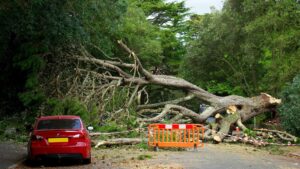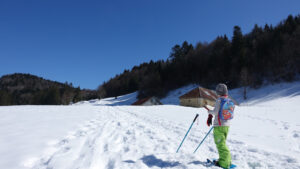Abstract/Description
Fishing in mountain streams has long been an outdoor recreational activity for residents, usually supporting a local fishing tackle shop, which serves as a picturesque gathering point where conservationists and anglers come together to share their stories and experiences. These shops have become educational hubs in their own unique way. Mountains are distinctive habitats that host a diverse range of flora and fauna adapted to harsh conditions, making them biodiversity hotspots. Due to these unique features, mountain areas attract millions of tourists seeking activities such as hiking, skiing, climbing, and sightseeing. This influx of visitors boosts local economies and provides livelihoods for surrounding communities, giving rise to the opportunity to explore Recreational Fishing tourism in mountain areas. The growing niche within the broader tourism industry combines nature’s tranquillity, stunning mountain landscapes, and the excitement of fishing for unique species, attracting both avid anglers and casual travellersThe third decade of the 21st century brought unforeseen changes to retail, with e-commerce taking a leading role following the pandemic. This study interviewed 8 tackle shops in Scotland, Galiza, and Portugal, and evaluated 14 apps, Fishbrain, Fishsurfing, Fishing Points, iAngler, FishAngler, Pro Angler, Fishing Knots, Angler’s Log, MyRadar Weather Radar, Why Use It, Fishidy, Catch & Release, Fishing Weather and Fish Rules. Results bring to evidence the relationship between fishing apps and e-commerce with losses and even closure of fishing shops. Fishing apps have undoubtedly changed the way anglers access information and purchase gear. They are incredibly useful for anglers of all skill levels, offering features such as weather forecasts, fishing spot recommendations, species identification, and promoting sustainable fishing practices. Fishing shops that adapt to changes by leveraging technology, emphasizing their unique value, and fostering community connections may survive alongside fishing apps. The key is finding a balance between embracing digital tools and maintaining the personal touch that physical shops offer.


